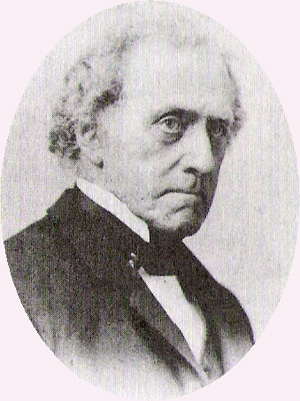
CINCINNATI (AP) – Efforts to preserve thousands of Cincinnati properties with historical significance could be affected by the outcome of legal wrangling over the possible demolition of a home once owned by a Procter & Gamble Co. heir.
The city is appealing a Hamilton County magistrate’s ruling that a demolition permit should be granted for the former James Norris Gamble home, and preservationists worry it will be tougher to protect other properties if the ruling is upheld, The Cincinnati Enquirer reported Sunday. Gamble, a philanthropist who helped develop Ivory Soap, lived in the 13-room Victorian mansion from 1875 to 1932.
At issue is a potential difference in protection between those properties that are perceived as having historical significance and those that have been declared as having it. Should the ruling be upheld, the Cincinnati buildings protected from demolition would be limited to several dozen sites that received an official historic designation from the city council – not the more than 5,000 structures that are viewed or listed as historically significant in various neighborhoods, the Enquirer reported. It said so far there are 23 historic districts and 28 landmarks with official designations.
Efforts to protect the Gamble home have spanned decades, and it was added to a list of buildings that the city deemed historically significant in 1978. But Greenacres Foundation, which owns the home and is overseen by the wife of Gamble’s grandson, has said the property is now beyond repair and has sought to level it.
Preservationists applied for the site’s official historic designation in February 2010, about a week before the owner sought the demolition permit, but the historic designation wasn’t given until that May. In the magistrate’s view, that meant the demolition permit was requested before the site was officially declared historic, so he ordered that the permit be granted.
The city argues it amended its law in 2004 to require a lengthy review process before the demolition of “historic structures,” not only those with an official designation. Such a designation restricts demolition but not repairs, painting or other changes to a property.
It’s “more like a ‘Congratulations! Your building is historic!’ certificate,” said City Solicitor John Curp. He said the city plans to defend its process of designating and preserving historic buildings.
“If it is ultimately determined that the historic conservation process is flawed, we will take the remedial steps necessary to close the loophole,” he said.
___
Information from: The Cincinnati Enquirer, http://www.enquirer.com
Copyright 2011 Associated Press. All rights reserved. This material may not be published, broadcast, rewritten, or redistributed.
# # #

